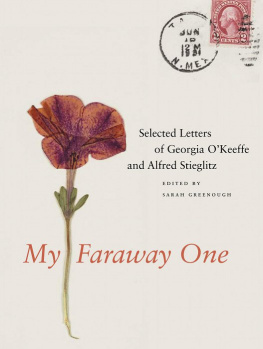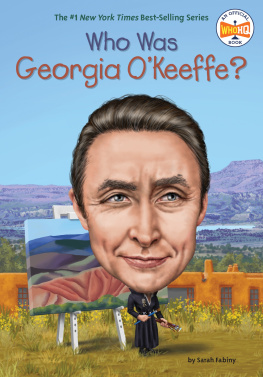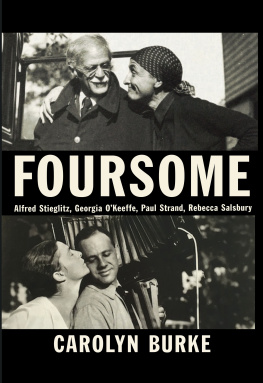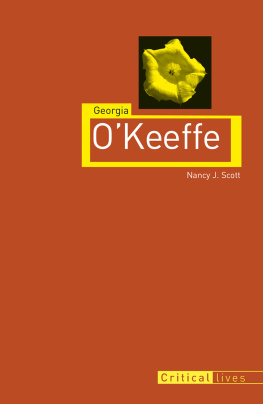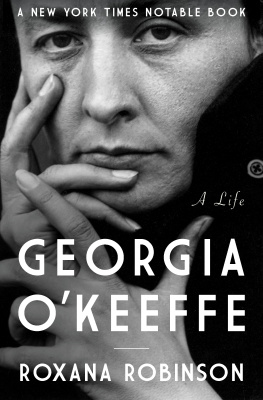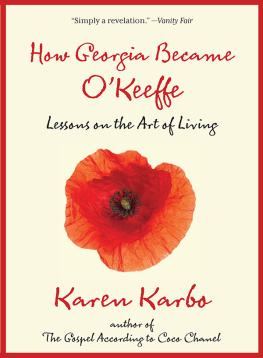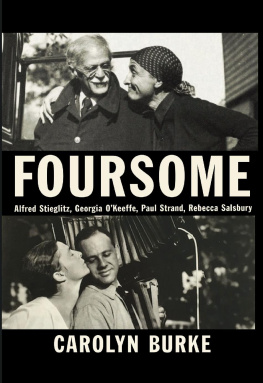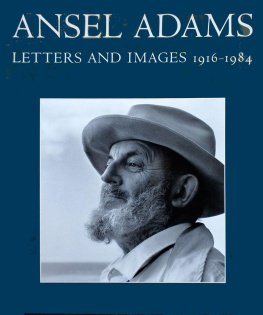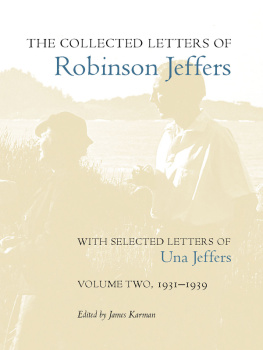
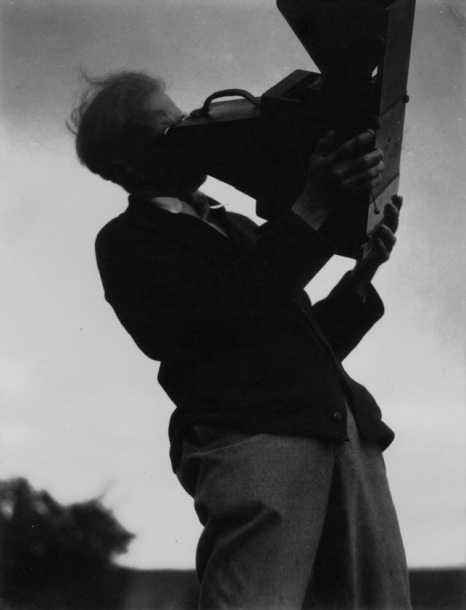
Selected Letters
of Georgia OKeeffe
and Alfred Stieglitz
VOLUME 1, 1915 1933
My Faraway One
Selected, Annotated,
and Edited by
SARAH GREENOUGH
Yale University Press
New Haven and London
in association with the
Beinecke Rare Book
and Manuscript Library
Published with the assistance of a gift from William S. Reese of the Class of 1977, Yale College.
Georgia OKeeffe letters to Alfred Stieglitz copyright 2011 by Yale University.
Alfred Stieglitz letters to Georgia OKeeffe copyright 2011 by Yale University.
Georgia OKeeffe letters to Mabel Dodge Luhan, Alfred Stieglitz letters to Dorothy Norman,and Alfred Stieglitz letters to Jean Toomer copyright 2011 Georgia OKeeffe Museum/Artists Rights Society (ARS), New York.
Dorothy Norman letters to Alfred Stieglitz courtesy of Dorothy S. Normans family.
Text and compilation copyright 2011 by Sarah Greenough.
All rights reserved. This book may not be reproduced, in whole or in part, including illustrations, in any form (beyond that copying permitted by Sections 107 and 108 of the U.S. Copyright Law and except by reviewers for the public press), without written permission from the publishers.
www.yalebooks.com
Designed by Margaret Bauer. Set in Sabon and The Sans types by Julie Allred, BW&A Books, Inc. Printed in the United States of America.
Library of Congress Cataloging-in-Publication Data
OKeeffe, Georgia, 1887 1986. My faraway one : selected letters of Georgia OKeeffe and Alfred Stieglitz / selected, annotated, and edited by Sarah Greenough.
p. cm.
Includes bibliographical references and index.
ISBN 978-0-300-16630-9 (cloth : alk. paper) 1. OKeeffe, Georgia, 1887 1986 Correspondence. 2. Stieglitz, Alfred, 1864 1946 Correspondence. 3. Artists United States Correspondence. I. Stieglitz, Alfred, 1864 1946. II. Greenough, Sarah, 1951 III. Title. IV. Title: selected letters of Georgia OKeeffe and Alfred Stieglitz. N6537.O39A3 2011 759.13 dc22
[B] 2010049539
A catalogue record for this book is available from the British Library.
This paper meets the requirements of ANSI / NISO Z39.48-1992 (Permanence of Paper).
10 9 8 7 6 5 4 3 2 1
Jacket illustrations: (front) Dried red poppy, enclosed in a letter by Alfred Stieglitz, August 8, 1929, 813/16 4 in. (20.32 10.16 cm) [Written on an accompanying card: Very very much love. Grown by me, near the flagpole.]; (back) Anonymous, Georgia OKeeffe and Alfred Stieglitz, Lake George, 1929. Gelatin silver print, 111/2 81/2 in. (27.9 21.6 cm). Both images Alfred Stieglitz / Georgia OKeeffe Archive, Yale Collection of American Literature, Beinecke Rare Book and Manuscript Library.
Frontispiece: Paul Strand, Alfred Stieglitz, 1929. Gelatin silver print, 4 39/16 in. (12 9 cm). Alfred Stieglitz / Georgia OKeeffe Archive, Yale Collection of American Literature, Beinecke Rare Book and Manuscript Library. Copyright Aperture Foundation, Inc., Paul Strand Archive.
Opposite page 1: Edward Steichen, Alfred Stieglitz at 291, 1915. Coated gum bichromate over platinum print, 115/16 91/2 in. (28.8 24.2 cm). Metropolitan Museum of Art, New York. Alfred Stieglitz Collection, 1933 (33.43.29). Copyright The Metropolitan Museum of Art / Art Resource, NY. Permission of the estate of Edward Steichen.
Page 404: Alfred Stieglitz, Georgia OKeeffe, 1923 or 1924. Gelatin silver print, 4 31/2 in. (11.7 8.9 cm). The J. Paul Getty Museum, Los Angeles (93.XM.25.78). Copyright J. Paul Getty Trust. Greenough 858.
Endpapers: (front) Letter by Alfred Stieglitz, November 9, 1916; (back) letter by Georgia OKeeffe, September 3, 1916. Alfred Stieglitz / Georgia OKeeffe Archive, Yale Collection of American Literature, Beinecke Rare Book and Manuscript Library.
Introduction
PASSIONATE AND POETIC, vivid and compelling, the letters between Georgia OKeeffe and Alfred Stieglitz are a profoundly moving account of the lives of two of this countrys most celebrated artists and an exceptionally important source of information on twentieth-century American art and culture. Between 1915, when they first began to write to each other, and 1946, when Stieglitz died, they exchanged more than 25,000 pages of letters that describe in unimaginably rich detail their daily lives in New York, Texas, and New Mexico during the many months they were apart. In language that is sparse and vibrant (OKeeffe), fervent and lyrical (Stieglitz), immediate and unfiltered (both), the letters reveal the development of their art and ideas and their friendships with many of the most influential figures in early American modernism, while offering often poignant insights into the impact of larger events two world wars, the booming economy of the 1920s, and the Depression of the 1930s on two intensely engaged individuals. But above all else, as these letters trace the blossoming of their love during the 1910s, its rich maturation in the 1920s, its near-collapse during the early years of the Depression, and its renewed tenderness in the later 1930s and early 1940s, their correspondence is a deeply compelling account of the evolution of a relationship between two focused, willful, and independent but passionately committed individuals.
When OKeeffe and Stieglitz first met in the spring of 1916, they were at very different points in their lives. Stieglitz, fifty-two years old, was already a major force in the American art world. Long a proponent of the artistic merit of photography and an internationally acclaimed photographer himself, in 1905 he had founded the Little Galleries of the Photo-Secession, known as 291 from its address on Fifth Avenue in New York. There he constructed a radically innovative dialogue among all the arts, exhibiting not only the finest examples of the art of photography but also the most advanced European painting, sculpture, and drawing. A leader in the introduction of modern European art to America, Stieglitz gave Constantin Brancusi, Paul Czanne, Henri Matisse, and Pablo Picasso their first exhibitions in the United States, and he also championed the work of American modernist painters and photographers, presenting John Marin and Paul Strand, among others. While Stieglitz was at the pinnacle of his fame in 1916, OKeeffe was a twenty-eight-year-old art student. Although she had taught sporadically, her work had never been exhibited and was unknown to all but a few friends, family, and colleagues.
In addition to these disparities in age and reputation, OKeeffe and Stieglitz also had very different personalities and backgrounds. Exceptionally articulate and opinionated; intellectually voracious and widely read; egotistical but charismatic and endowed with a remarkable ability to establish a deep communion with those around him, Stieglitz was an inveterate New Yorker from a large, close-knit, prosperous, and secular German-Jewish family. Born in Hoboken, New Jersey, and schooled at the College of the City University of New York and the Knigliche Technische Hochschule in Berlin, he had traveled extensively in Europe, but rarely west of the Alleghenies. With his thick mane of gray hair, his intense gaze, and signature cape, he cut a dashing figure in the New York art world. Married for more than two decades to Emmeline (Emmy) Obermeyer, a brewery heiress whose inheritance helped finance his activities, he shared little in common with her, except love for their only child, a daughter, Katherine (Kitty). With his passionate nature, Stieglitz was drawn to attractive women, especially younger ones, and in the last dozen years had been infatuated with at least two Sophie Raab and Katharine N. Rhoades but both seem to have been wary of entering into a relationship with a married man.
Next page
